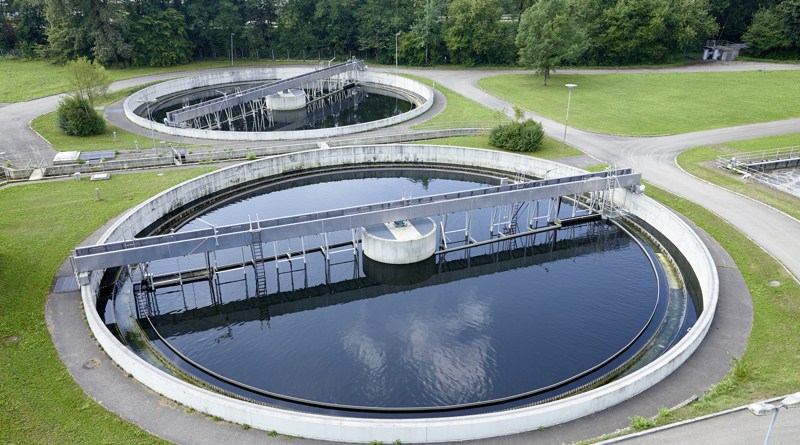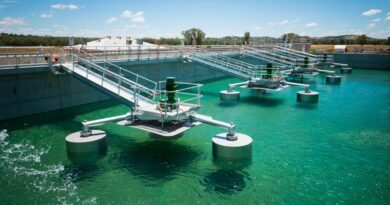Research in UK finds low-energy method for desalination

Scintists in the UK have found a new method for purifying drinking water that can remove salt from drinking water with only a small amount of electrical energy. The new method could be useful in disaster zones where there is limited electrical power.
The most popular method for removing salt (sodium chloride) from sea water is reverse osmosis, which uses a porous membrane that allows water molecules through but not salt. However, this method requires a high pressure and substantial amounts of electricity. The membrane often clogs up, reducing the efficiency of the process.
The new technique doesn’t use any external pressure but instead uses a small amount of electrical energy to pull chloride ions through the membrane toward a positively charged electrode. This causes water molecules to be pushed through at the same time as the chloride, a bit like a piston, an official statement from the University of Bath said.
Meanwhile, sodium ions remain on the other side of the membrane, attracted to the negatively charged electrode. The chloride ions are then recycled back into the chamber containing the salt water and the process is repeated, gradually drawing more and more water molecules through.
Frank Marken from the University of Bath led the study, and predicts this could be used on a small scale where drinking water is needed but there is not the infrastructure available, such as in remote areas or disaster zones.
“Currently reverse osmosis uses so much electricity, it requires a dedicated power plant to desalinate water, meaning it is difficult to achieve on a smaller scale,” said Marken.
“Our method could provide an alternative solution on a smaller scale, and because water can be extracted without any side products, this will save energy and won’t involve an industrial scale processing plant.”
So far, the technology is at the proof-of-concept stage, converting only a few milliliters. However, the team is scouting for partners for potential collaboration and investment to scale up the process to a liter which will enable them to calculate energy consumption more accurately. Other potential applications such as drying processes or recovering water from different sources are also being explored, the statement added.


